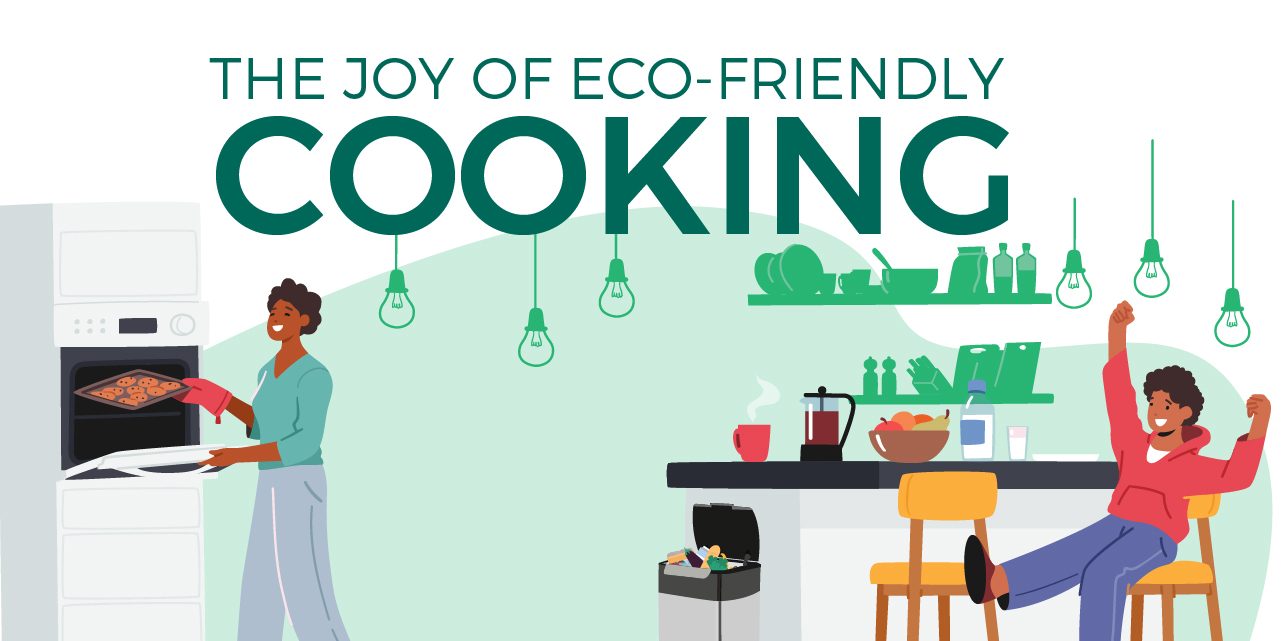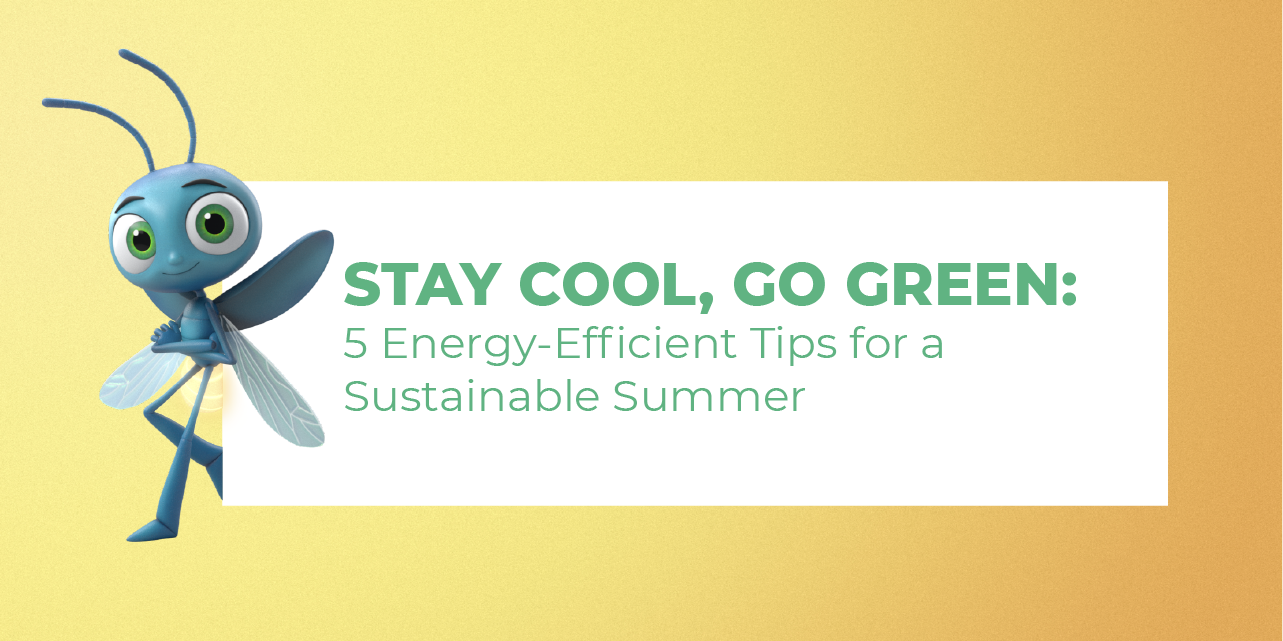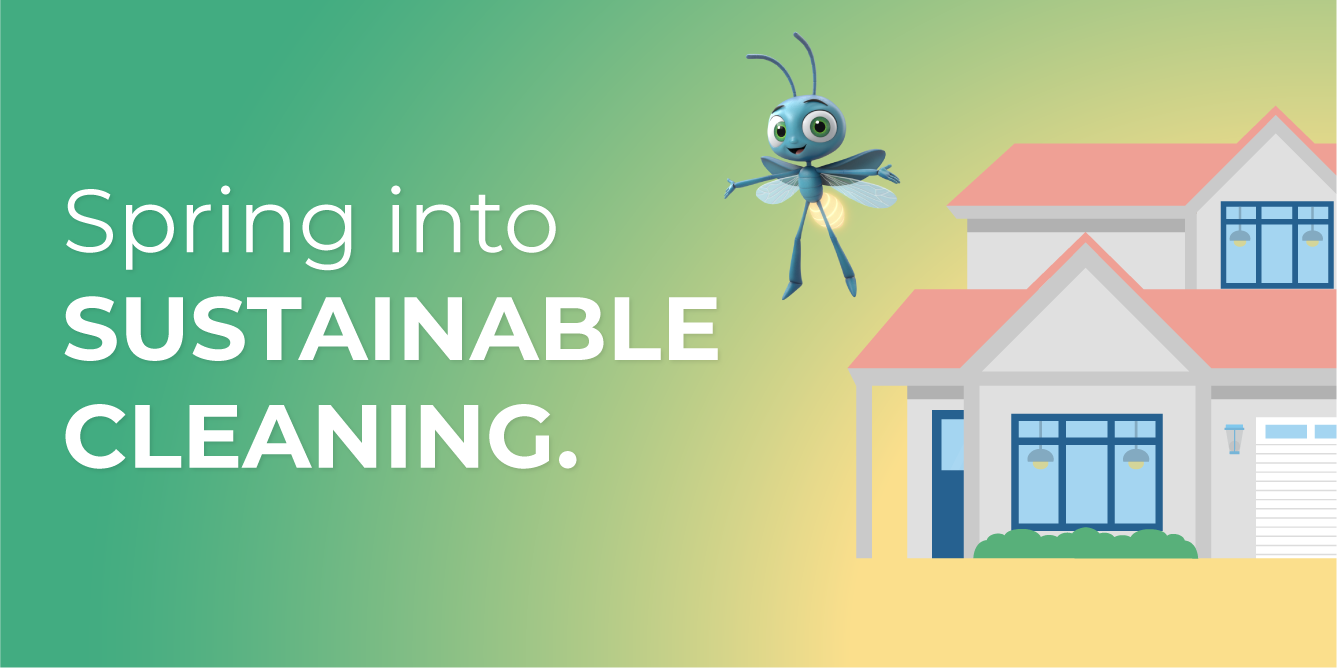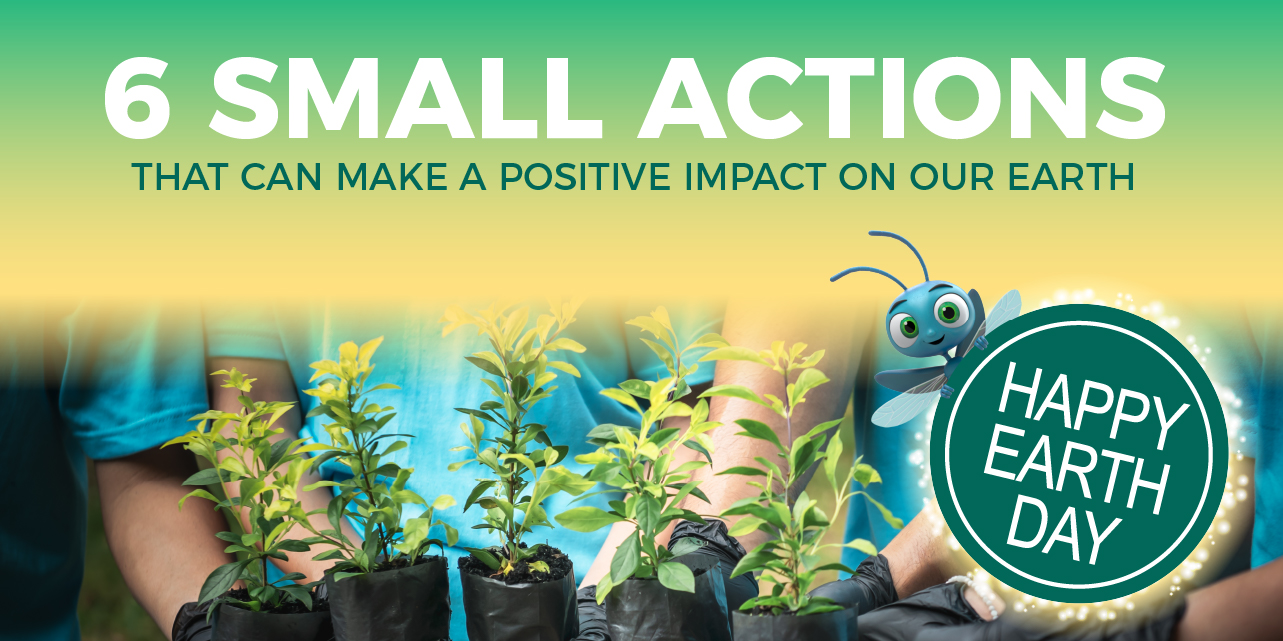Your best sustainable living habits start at home. Follow a few green tips to help you and your family cook and eat sustainably throughout the year.

Let's start with cookware. For environmentally-friendly benefits, look for ceramic or coated stainless steel cookware — both are durable, and neither contains heavy metals or chemicals that will harm you or the environment. These pans are typically heavier duty, so they’ll last longer, and are easier to clean. If you are lucky enough to have a naturally nonstick pan, like a cast-iron pan, those are long lasting and are great on your stovetop or in the oven.

Want to save more energy in the kitchen? Take a look at how much energy your appliances use each day. Your microwave, slow cooker, pressure cooker and air fryer might save energy compared to your stovetop and oven. If you're close to upgrading your appliances, look into certified ENERGY STAR® options that meet strict energy-efficiency specifications. Your dishwasher actually saves more water and energy than washing dishes by hand in the sink, and you can use the air-dry option. And I know we all have a favorite burner on the stove, but if you are using your stovetop, try to use the one that best matches the size of the pot or pan you're using as you cook. Using a larger burner than necessary will use up extra energy, heating up more than is needed.

Connect with your neighbors at a community supported agriculture (CSA) event. Get a closer connection to local farmers and get to know the people who grow food that you eat. Check out produce that's in season and get the opportunity to try new recipes. Find a local CSA or farm in your area as a fun way to add a little more color to your plate, and even boost your mood with a variety of nutrients and minerals.

If you dream of summer fruits in the middle of winter, it might be time to start canning. You can ask for tips from your local CSA, community center or find an enthusiast online to walk you through the process. It's a fun hobby that will allow you to enjoy seasonal produce throughout the year. You can also make soups, sauces, dressings and more, and you'll know that you made them all yourself. You'll know exactly what's in your food, no surprise additives or colors needed. Start with the basics — you’ll need a canner, ladles, glass jars and lids.

Shop smarter, not harder to avoid food waste. According to the Environmental Protection Agency (EPA) 94.5% of the food we throw away ends up in landfills or combustion facilities. Make sure to find the best way to store all your foods — many last longer in the fridge, and lots of them are still good past the expiration and sell-by dates. When you’re trying to decide what to do with other extras in your kitchen, search for what to do with leftover ingredients, try a new recipe or share a portion with your neighbors.
As you add eco-friendly cooking tips to your daily routine, you can also power your home with 100% clean energy and ensure that all your cooking is backed by renewable power.
Choose a clean electricity plan in your area.
Enter your ZIP code to get started.







